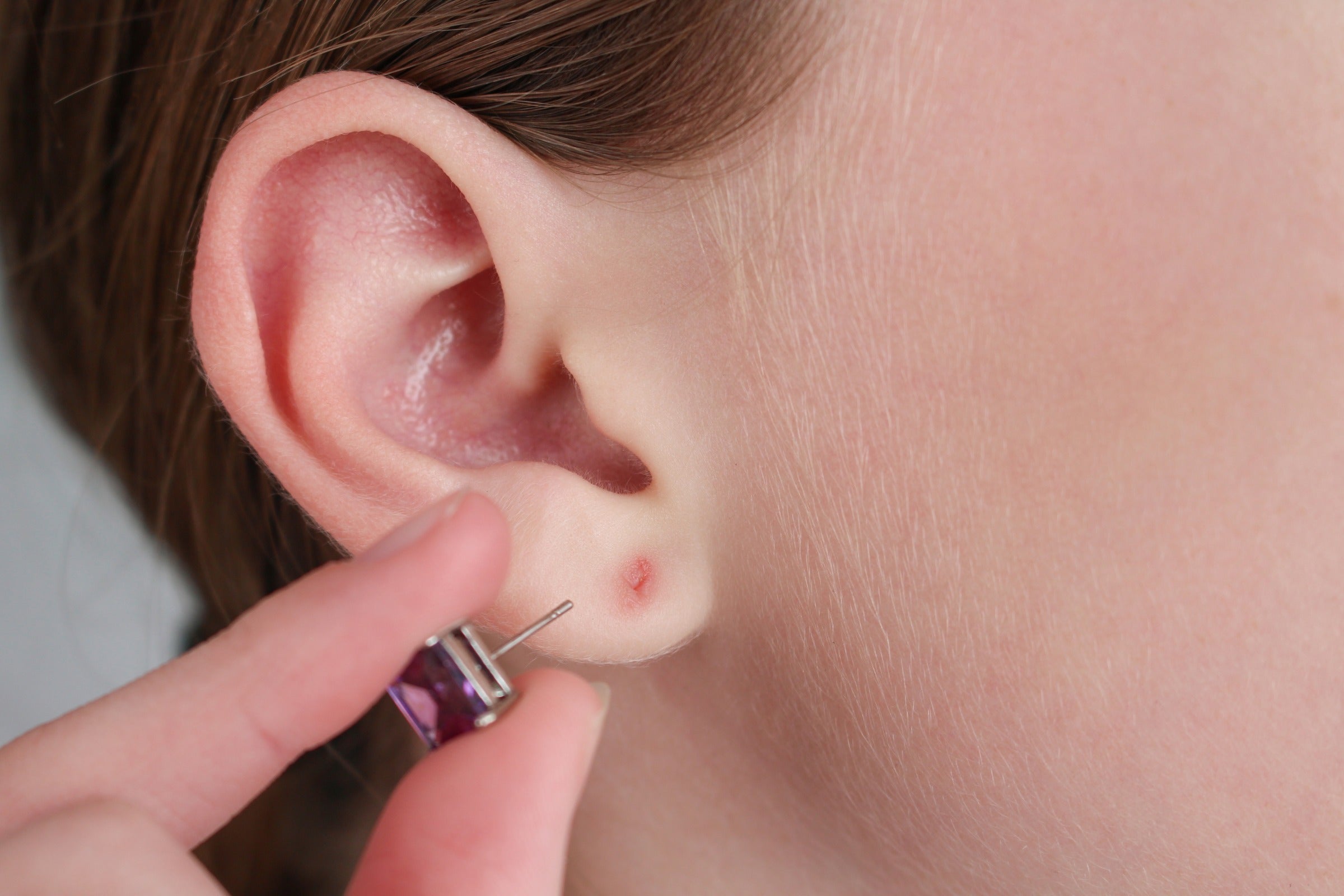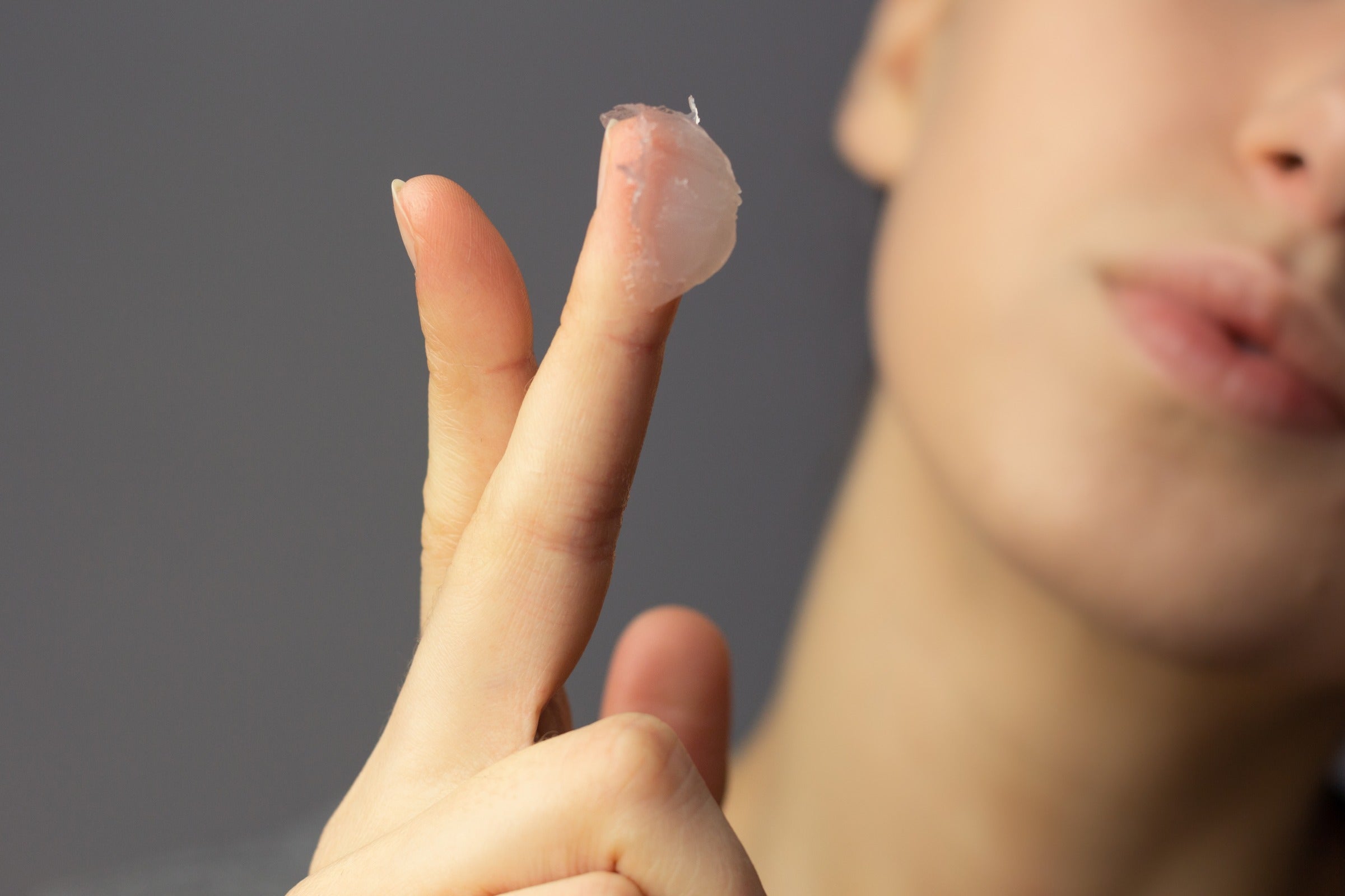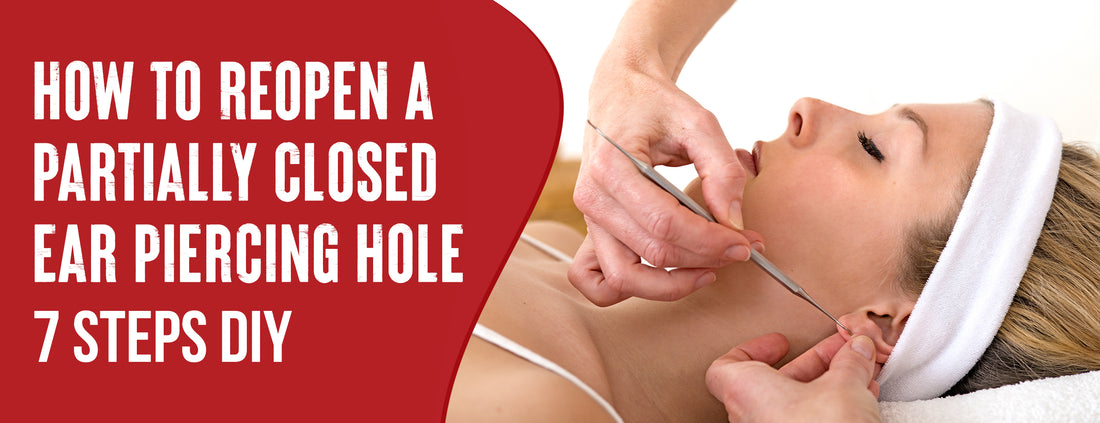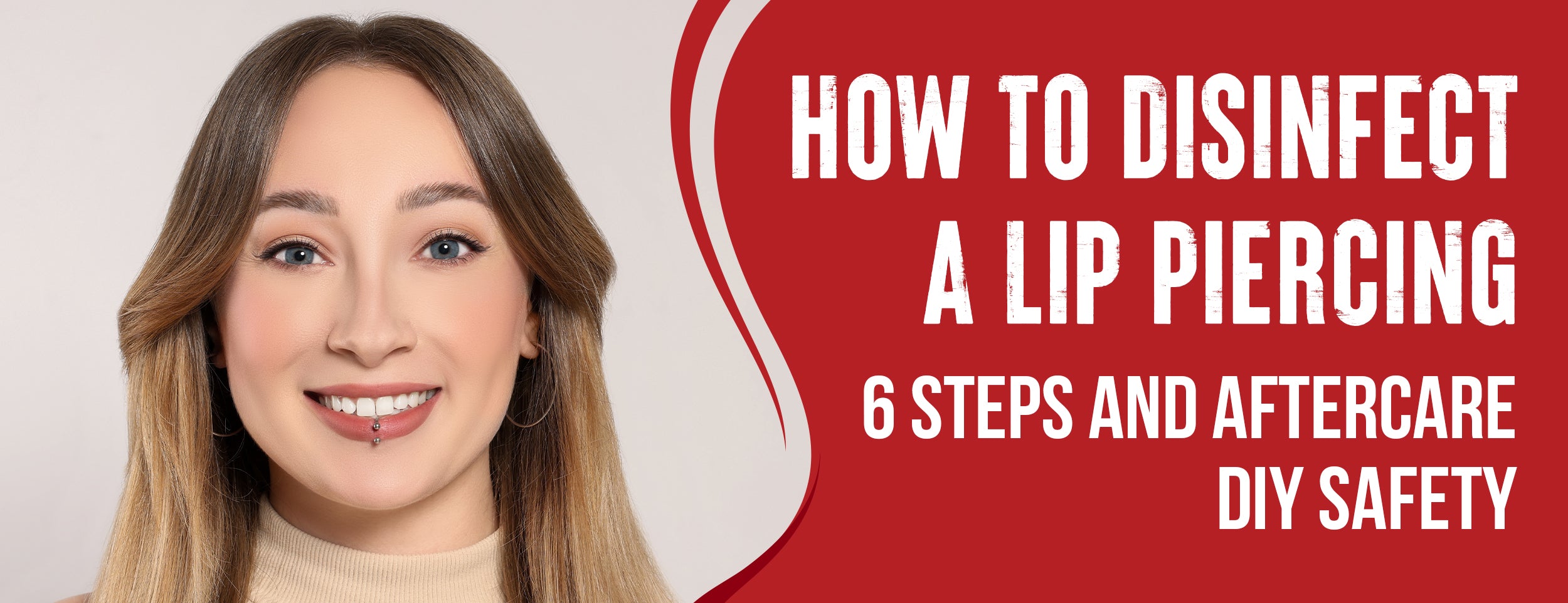Partially closed piercings have a thin skin layer covering them. A small tear in the tissue can lead to infection or bleeding. Causes include infrequent earring wear, trauma to the piercing site, or an allergic reaction. Symptoms like discomfort, redness, or tenderness around the piercing.
Apply Aquaphor or Vaseline to a partially closed ear-piercing hole to reopen it. After stretching the earlobe, gently push the earring through from the back using gentle pressure. Try different angles until the earring goes through smoothly.
In this blog post, we will explore “how to safely reopen a partially closed ear piercing hole” with our easy-to-follow 7-steps guide. Also, provide valuable aftercare advice to prevent infections and promote a seamless healing journey.
Key Takeaways
- Consistently wear earrings to maintain the opening of your piercing.
- Choose hypoallergenic materials like surgical stainless steel, titanium, or 14k gold for healing piercings.
- Practice patience and allow your piercing to fully heal before changing jewelry.
- Clean your piercing gently twice daily with a saline solution or mild soap to avoid infections.
How To Reopen A Partially Closed Ear Piercing Hole: 3 Steps

Practical preparation steps can reduce the risk of infection and injury. Here's how to revive a partially closed ear-piercing hole. Whether from a past piercing or a recent closure, we've got you covered. Follow these instructions to effortlessly reopen your ear piercing safely.
Cleanliness and Preparation
Ensuring cleanliness is a top priority, focusing on both cleanliness and preparedness. These factors form the basis for a smooth and enjoyable experience.
Washing Hands Thoroughly
- Use Soap and Warm Water: Make sure your hands are clean by washing them under warm water for at least 20 seconds before touching your ear or any piercing equipment.
- Hand drying: After washing, be sure to dry your hands thoroughly with a clean towel to avoid transferring bacteria back onto your hands.

Sterilizing Equipment
- Boil or Use Alcohol: If you're using a needle or earring to help reopen the piercing, make sure it's sterilized. You can boil the equipment briefly or wipe it down with rubbing alcohol.
- Let It Dry: Ensure that any sterilized equipment is arid before used to prevent bacteria from thriving in moist conditions.
Cleaning the Earlobe and Piercing Area
- Use a Gentle Cleanser: Clean the area around the piercing with a gentle soap or cleanser. Make sure you don't use harsh chemicals that might irritate your skin.
- Pat Dry: After cleaning, carefully pat the area with a clean towel or paper towel.
- Disinfectant: Optionally, apply a mild disinfectant or rub alcohol on the area with a cotton swab. This can help kill any lingering bacteria.
Safe Practices for Lubrication Techniques

When you're trying to reopen a partially closed ear piercing at home, using a suitable lubricant is like having a secret weapon. It makes the process smoother and less ouchy. Let's explore how to pick the right lubricant and use it correctly.
Choosing the Right Lubricant
Picking the right lubricant is super important. It helps the earring slide through more easily, which means less discomfort.
- Petroleum Jelly: This is an excellent choice because it's gentle on your skin and slippery, making it easier to get the earring through.
- Antibiotic Ointment: If you're worried about germs, an antibiotic ointment might be your solution. It helps keep things slippery while fighting off nasty bacteria.
Remember, we want to avoid anything irritating your skin, so stick to safe products for your body.
Applying the Lubricant Correctly
Now that you've got your lubricant, here's how to use it effectively:
- Clean Everything First: Before you start, make sure your hands, the earring, and the ear are all clean. We don't want any germs crashing the party.
- A Little Goes a Long Way: Put a small amount of lubricant or a cotton swab on the tip of your finger. Then, gently apply it to the earring post. You don't need a lot, just enough to make it shiny.
- Take It Slow: Carefully insert the lubricated earring into your piercing. If it doesn't want to go through, don't force it. A little wiggle or twist might help, but if it hurts, stop.
- Listen to Your Body: If it hurts or feels wrong, it's okay to stop and ask a professional for help. Your ear will thank you.

Gently Stretching the Earlobe
Getting that partially closed ear piercing open again is a small mission. But, with the right technique and a gentle touch.
One of the key steps is safely stretching the earlobe to help reveal the piercing hole. Let’s talk about how to do this carefully and know when it might be time to get help from a pro.
Techniques for Safely Stretching the Earlobe
Stretching the earlobe gently can make a big difference in reopening your piercing. Here’s how to do it:
- Heat Compress: Wrap a warm compress around your earlobe for about 5 minutes. This helps soften the skin and can make the stretching process more comfortable.
- Gentle Pressure: Apply gentle pressure around the piercing area with your fingertips. The goal is not to force it but to stretch the skin slightly, making the piercing hole more visible.
- Use Lubrication: A bit of lubricant on the earlobe can also help. It reduces friction, making the stretching smoother.
Reopening a partially closed ear piercing at home requires patience and a gentle approach. Remember, it’s okay to seek professional help. A professional piercer or dermatologist can offer safe and effective solutions to get your piercing back in action. Safety first, always!
Reopen A Partially Closed Ear Piercing Hole: Prevention and Aftercare

So, you've successfully reopened your partially closed ear piercing or sought professional help to get it done. Great choice! Now, let's make sure it heals properly and stays open. Here's a straightforward guide on aftercare and preventing your piercings from closing up again.
Strategies to Prevent Piercings from Closing Again
Now that your piercing is back in business, let's keep it that way. Here are some tips to prevent your piercings from closing up:
- Wear Earrings Regularly: Keeping earrings in your piercings can help maintain the opening. Choose comfortable, hypoallergenic earrings for daily wear.
- Choose the Right Jewelry: When your piercing is still healing, opt for jewelry made from materials less likely to cause reactions, like surgical stainless steel, titanium, or 14k gold.
- Be Patient with Healing: Earlobe piercings typically heal within 6-8 weeks, but everyone is different. Before changing jewelry, let your piercing fully heal.
- Nighttime Care: If your piercings are newly reopened, consider wearing earrings to prevent them from closing even at night. Once fully healed, you can experiment with taking them out at bedtime.

Essential Aftercare Tips for Proper Healing
After reopening your ear piercing, taking care of it is super important. Here's what you need to do:
- Keep It Clean: Clean your piercing gently twice daily with using a saline solution or mild soap. Steer clear of harsh chemicals or alcohol, as they may cause skin irritation.
- Don't Touch: As tempting as it might be, avoid playing with or touching your piercing. Your hands carry germs that can lead to infections.
- Stay Dry: Keep your piercing as dry as possible. After showering or washing your face, pat the area dry with a clean paper towel.
When to Stop and Seek Professional Help

Even though you’re doing everything right, there might be times when you need to consider getting help from a professional. Here’s when to hit pause:
- If It Hurts: A minor discomfort might be expected, but it's time to stop if you’re experiencing real pain.
- No Progress: If you’re not progressing in getting the earring through despite your best efforts, continuing could cause more harm than good.
- Watch for signs of infection: pain, swelling, redness, or pus are signs that something might be wrong. If you notice any of these, it's best to consult a professional.

Conclusion
Behold - your ultimate guide for addressing the common issue of a partially closed ear piercing. We've covered the importance of cleanliness and preparation, the smooth application of lubrication techniques, and the art of coaxing your earlobe gently.
We've emphasized the significance of aftercare and prevention to maintain happy and open piercings. While these tips are helpful, seeking professional advice is irreplaceable. Consult a professional if you're overwhelmed or experiencing discomfort (like pain, swelling, or redness).
Prioritize safety and well-being above all else. Here's to reviving those piercings with care and ensuring a safe process. Cheers to your piercing journey, and may your earrings never feel neglected again.






![A Step-by-Step Guide To Cleaning Lip Piercings [7 Things Not To Do]](http://drnumb.com/cdn/shop/articles/How_To_Clean_Lip_Piercing__9_Steps_7_Things_To_Avoid.jpg?v=1713180841)